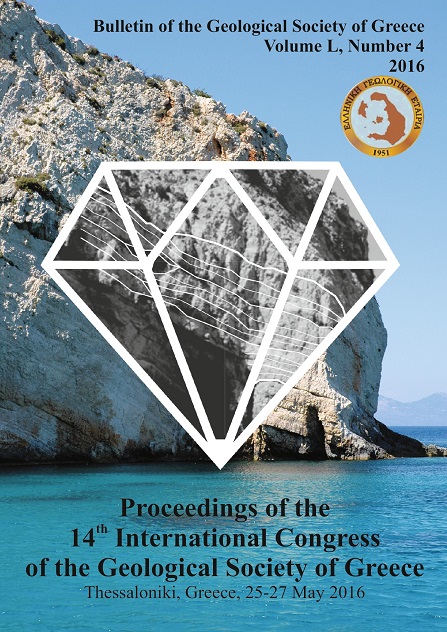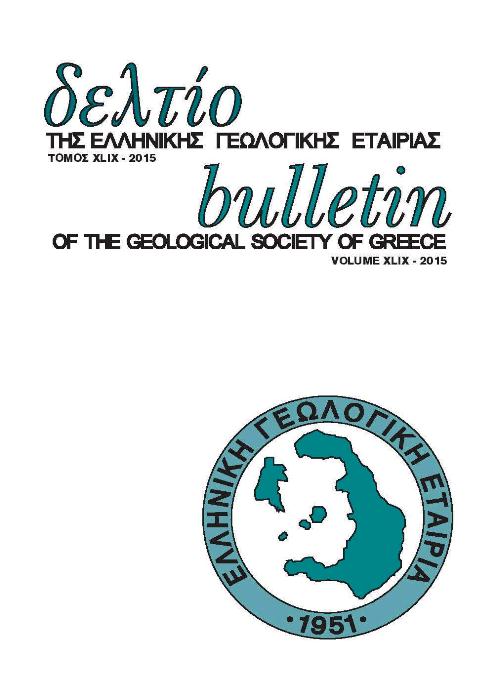GEOCHEMICAL MODELING OF ABANDONED SULFIDIC FLOTATION MILL TAILINGS: THE CASE OF KIRKI, NE GREECE

Abstract
The Kirki flotation plant is located approximately 5 km south of the Agios Filippos open pit mine (Thrace, NE Greece), and unconfined mill tailings are exposed to atmospheric conditions. Rain water accumulates on the surface of the tailings and interacts with the solids, resulting in highly acidic and oxidative surface solutions with increased heavy metal content. The tailings material is dominated by gangue minerals with very low acid buffering capacity, including quartz, kaolinite/dickite, pyrophyllite and minor orthoclase. Secondary phases identified include mainly species of the jarosite group, gypsum and anglesite. No primary ore minerals besides pyrite are identified. The finegrained character of the tailings material favors fast reactions between the surface waters and the solids. The speciation/mass transfer computer code PHREEQC-2 and the MINTEQ database were employed for geochemical modeling of the acidic surface waters of the tailings dams T1 and T2. Three different scenarios were employed, “Direct Precipitation”, “Mixing with Rainwater” and “Evaporation” to check the equilibrium between the developed surface solutions and the secondary minerals identified in the tailings. The purpose of this work is to understand the way heavy metals may be locked to the lattice of secondary minerals, or dispersed/dissolved after dissolution of unstable secondary phases.
Article Details
- How to Cite
-
Triantafyllidis, S. (2016). GEOCHEMICAL MODELING OF ABANDONED SULFIDIC FLOTATION MILL TAILINGS: THE CASE OF KIRKI, NE GREECE. Bulletin of the Geological Society of Greece, 50(4), 2342–2351. https://doi.org/10.12681/bgsg.14300
- Section
- Environmental Geology

This work is licensed under a Creative Commons Attribution-NonCommercial 4.0 International License.
Authors who publish with this journal agree to the following terms:
Authors retain copyright and grant the journal right of first publication with the work simultaneously licensed under a Creative Commons Attribution Non-Commercial License that allows others to share the work with an acknowledgement of the work's authorship and initial publication in this journal.
Authors are able to enter into separate, additional contractual arrangements for the non-exclusive distribution of the journal's published version of the work (e.g. post it to an institutional repository or publish it in a book), with an acknowledgement of its initial publication in this journal. Authors are permitted and encouraged to post their work online (preferably in institutional repositories or on their website) prior to and during the submission process, as it can lead to productive exchanges, as well as earlier and greater citation of published work.




